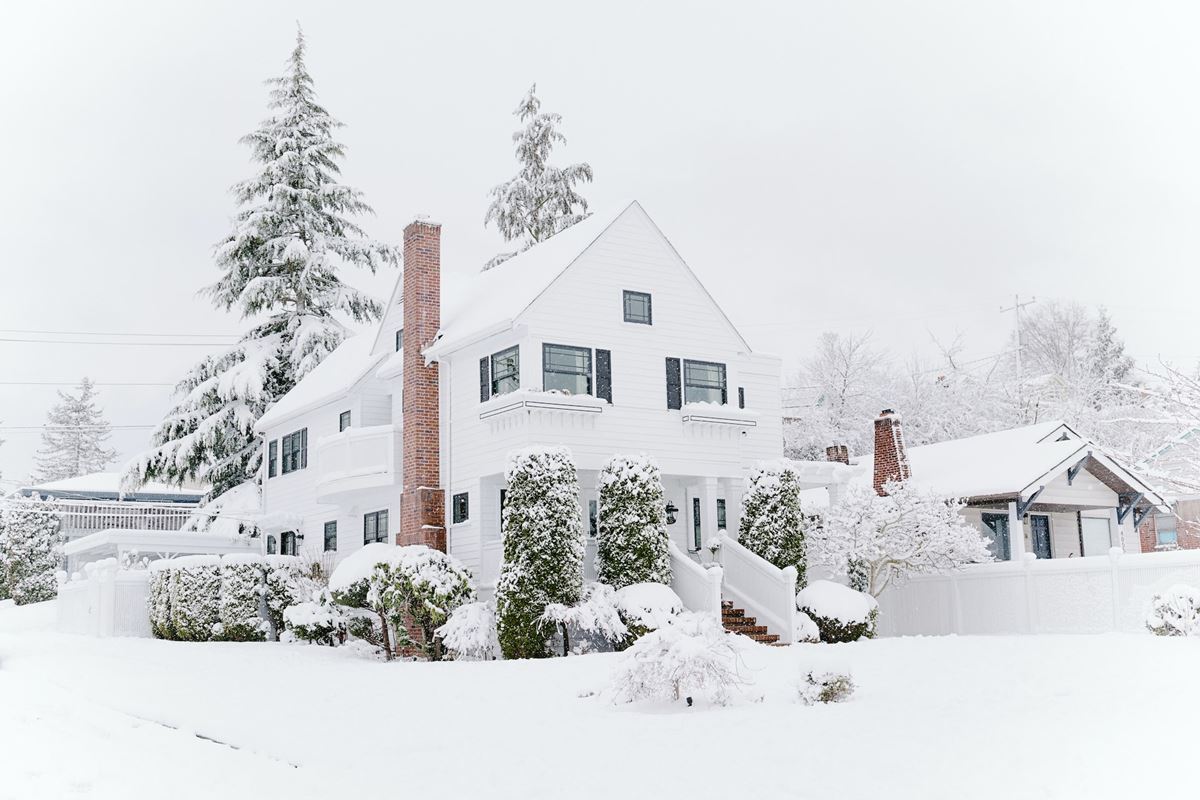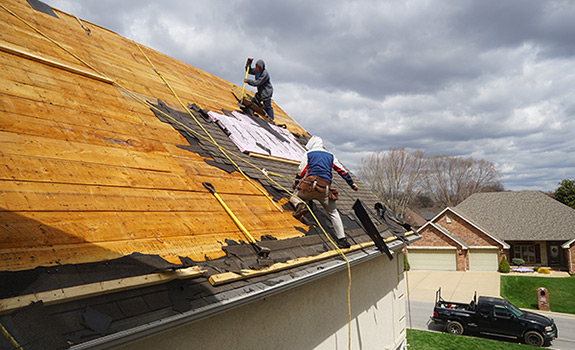Colder weather, snow, and greater heating expenses are coming whether you’re ready for them or not.
Unfortunately, winter brings the inevitable increase in heating costs, but there are several easy and inexpensive measures you can take to prepare your house for winter and hopefully mitigate this. The key is to take precautions immediately, before the onset of the cold weather.
Here are some helpful tips on how to prep your home for colder weather

#1 Draft-proof Your Home
About 25% of heat is lost via drafty windows, doors, and walls. Therefore, you should pay attention to closing even the smallest gaps. This is a simple chore that every homeowner should do once a year, and this way, you can easily save a lot of energy. After all, there are a lot of benefits to having an energy-efficient home.
Walk around the house and use your hands to detect any cold spots around the door and window frames. Keep an eye out for cracks and crevices where you may caulk, seal, or install weatherstripping to improve the airtightness of your house. Repair or replace worn weatherstripping on windows and doors with newer, better-fitting materials to provide a more secure seal.
#2 Check Your Insulation
Modern techniques have greatly improved the effectiveness of housing insulation, but older homes may lack enough protection against the cold. Drafty attics, for example, can impact the warmth of your entire property.
Consulting with experts for advice on how to make your house more energy-efficient and calling them to do an insulation inspection is something you should do every fall. They will help you find an appropriate insulation option to keep the heat inside, be it spray on insulation or closed-cell polyethylene foam.
#3 Inspect and Clean Your Fireplace
Maintaining your fireplace once a year is recommended for optimal performance and safety. If not, it might malfunction in the winter and be a safety hazard.
Make sure your fireplace is clean of soot by hiring a professional chimney sweep before lighting those logs ablaze. Plus, only use dry, seasoned firewood that has been stored for at least six months before lighting a fire.
Finally, while you don’t use the fireplace, shut the chimney to keep the cold air out and the cost of heating the home down.

#4 Check the Waterpipes
When temperatures drop, water supply pipes may easily freeze and break, resulting in costly water damage and plumbing repairs. It is also vital to routinely inspect the plumbing lines in your house since exposed drain pipes may sometimes freeze.
Firstly, make sure to cover exposed pipes with insulation. Foam insulating sleeves are a great choice for exposed water pipes in unheated areas such as a crawlspace, attic, and external walls.
Furthermore, shut off the water supply to external faucets. Open them to drain any water that may remain in the pipes. Also, think about purchasing an insulated hose bibb cover. Finally, don’t forget to check your garden hoses to drain the water inside them.
Whenever you leave your property unoccupied for an extended period of time in winter, it is a good idea to turn off the water and drain the pipes.
#5 Service Your Furnace
Schedule a visit from a qualified HVAC specialist to inspect, repair, and clean your heating system.
Scheduled maintenance once a year will not only help your system last longer, but it will also help you maintain your manufacturer’s warranty active and identify any issues that might become safety risks in the future. If necessary, it is also a good time to update the filter.
#6 Do a Roof Check
Get your roof ready for the winter with a simple inspection. If you are not confident inspecting it yourself, you should either engage a professional to do it. If you wish to do it yourself, make sure to wear shoes with nonslip soles.
Check for missing or broken shingles and get them replaced by a professional roofer. The flashing should be inspected too, especially around chimneys and skylights.
Make sure the gutters and downspouts are clear of any debris, especially leaves. Wet leaves that accumulate in gutters throughout the winter freeze solid, adding a lot of weight and volume that might cause problems. The downspouts should be securely fastened, as well.
Published in: Home advice | Author: Lynn










